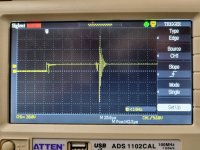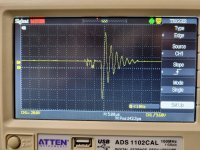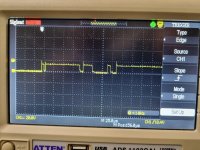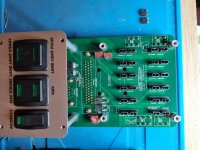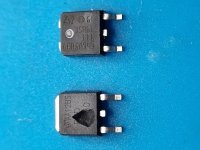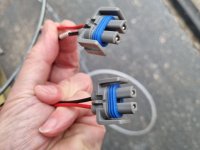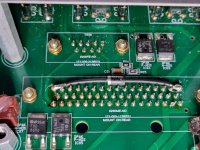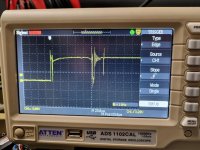unladenswallow
Member
Has anyone else had trouble with mosfet IC07 in the RV12iS power module blowing? It will only be apparent if you have avionics (e.g. a NAV receiver) connected to pins 48/49 of the power module connector. If the mosfet has blown then that equipment will typically get powered even with the avionics switch in the off position.
I've had it blow twice. I traced the cause to a transient on the power rail that is sometimes generated by the transponder (Dynon SV-XPNDR-261) shortly after turning the avionics switch on, in combination with a lack of any gate protection for that mosfet in the power module. I only knew the mosfet had blown because I recognised the popping sound as it failed and went looking for a blown component.
I've had it blow twice. I traced the cause to a transient on the power rail that is sometimes generated by the transponder (Dynon SV-XPNDR-261) shortly after turning the avionics switch on, in combination with a lack of any gate protection for that mosfet in the power module. I only knew the mosfet had blown because I recognised the popping sound as it failed and went looking for a blown component.



